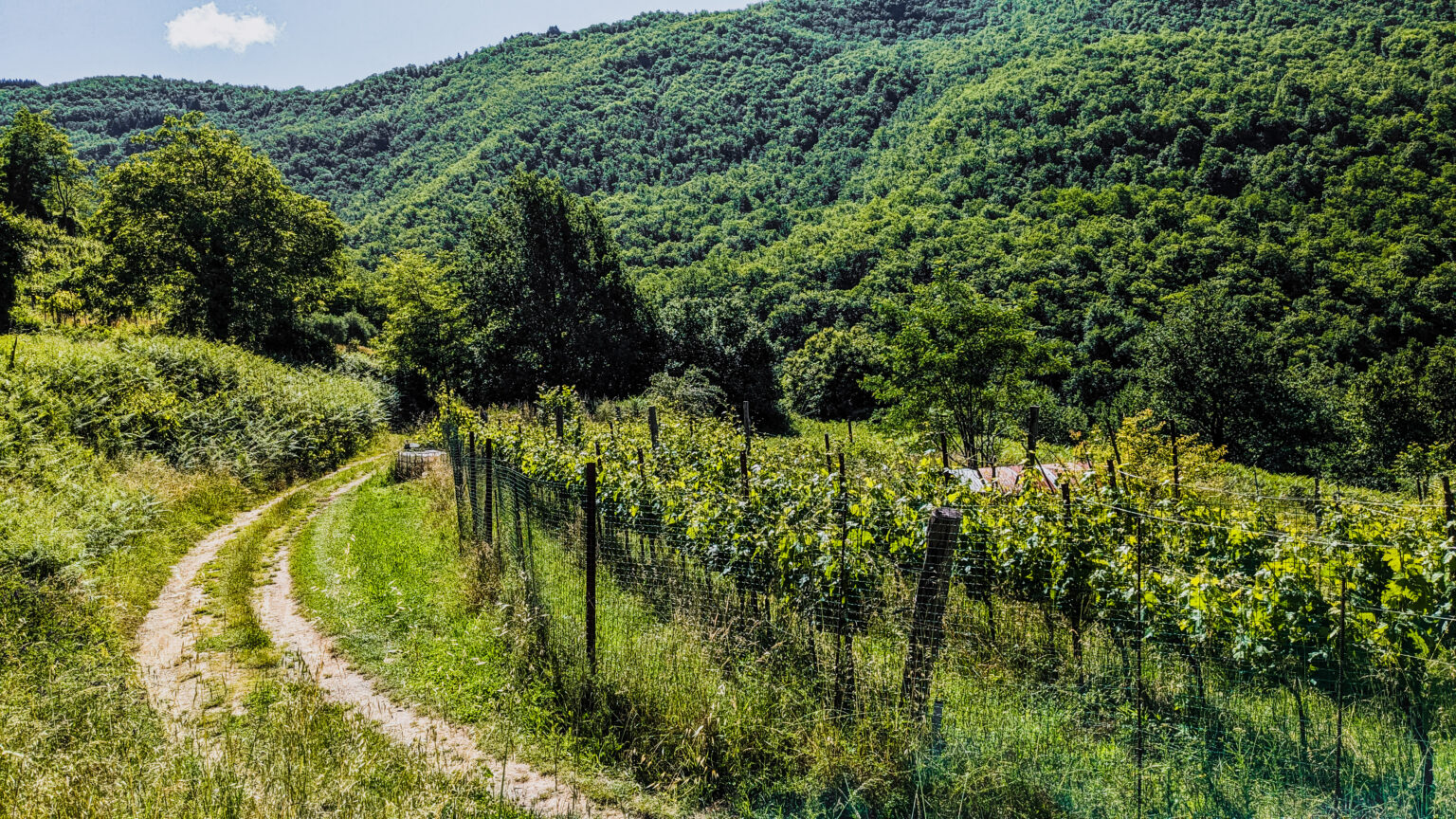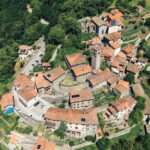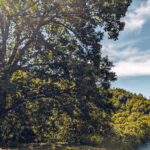Over the centuries the local people have changed the appearance of the valley building terraces on the mountain slopes in order to make the best use of their land.
Terraces provide a larger horizontal area for farming, and since most people were self-sufficient not even a square meter of land would be wasted.
Grapevines for wine production were normally planted at the edge of a terrace, while the rest of it it would be sowed with something different every year therefore ensuring good health of the soil.
The production included potatoes, corn beans and vegetables.
A good part of these terraces were dedicated to fruit orchards, the valley actually has excellent native qualities of apple trees, pear trees and cherry trees.
Unfortunately today many of these terraces are abandoned and have gone wild.
The name “Lupinaia” is likely connected to farming traditions. It should refer to “Lupins”, an ancient variety of legumes that also Egyptians and Romans would farm, intended both for human and animal consumption, and especially known to make the soil more fertile.
In the famous "Geographical historical economic description of Garfagnana" Raffaelli wrote about the agricultural production of Fosciandora in 1879: "Even olive trees grow well in some places, and they would provide a fairly good yield if they were properly cultivated. Fields up to a certain height are fertile and provide good and abundant grains, yet not enough for the inhabitants’ consumption, who collect their main nourishment in their vast forests of chestnut trees. Grapevines produce decent and abundant grapes, that are turned into wine and then sold to neighboring villages (where this wine is preferred to Tuscan ones) and which, we can say, represents the local families’ main income."







